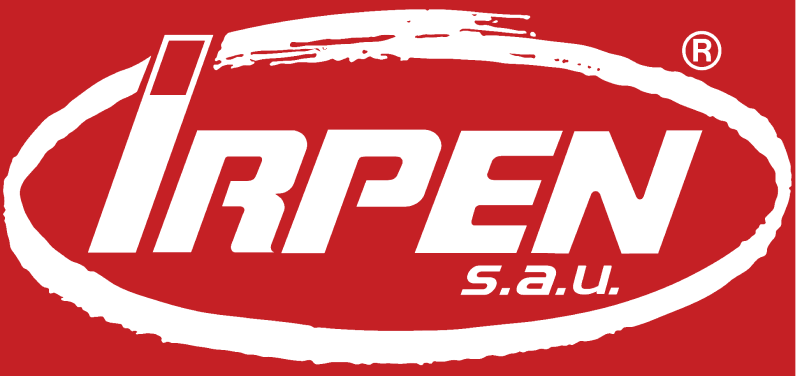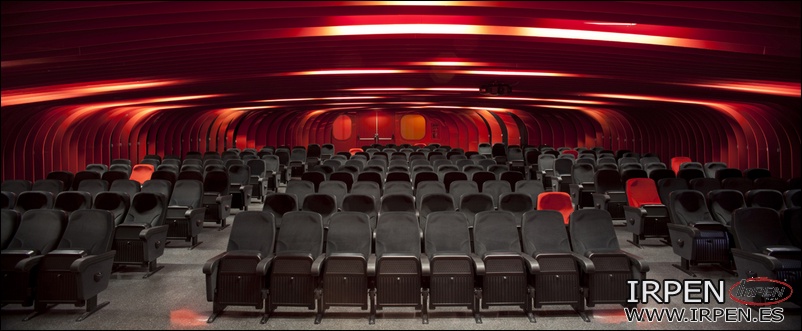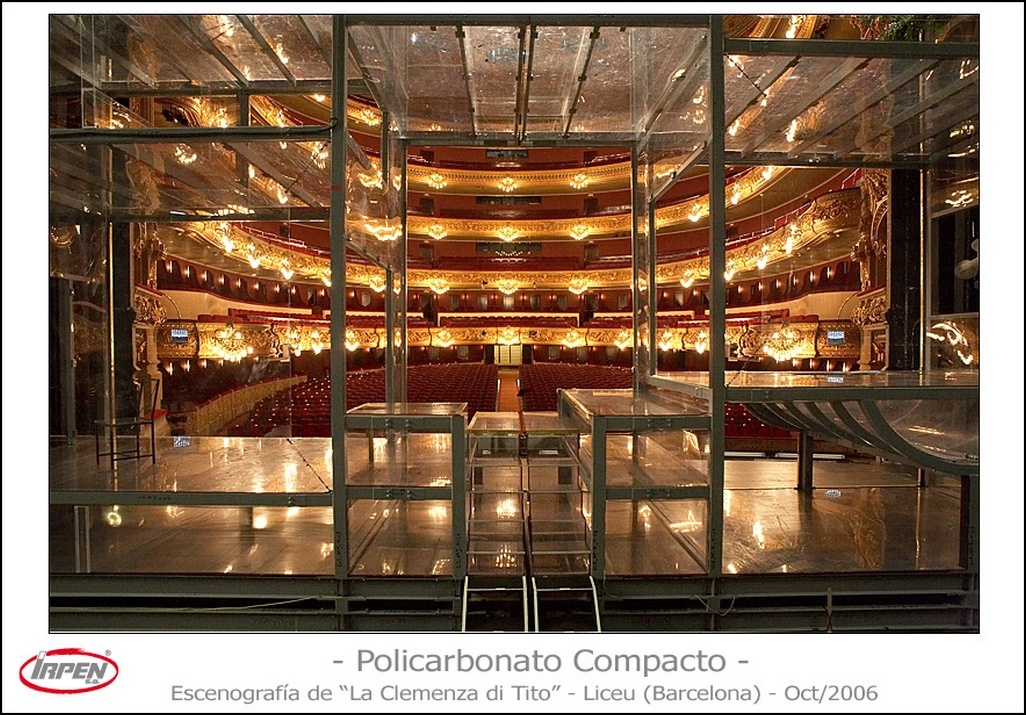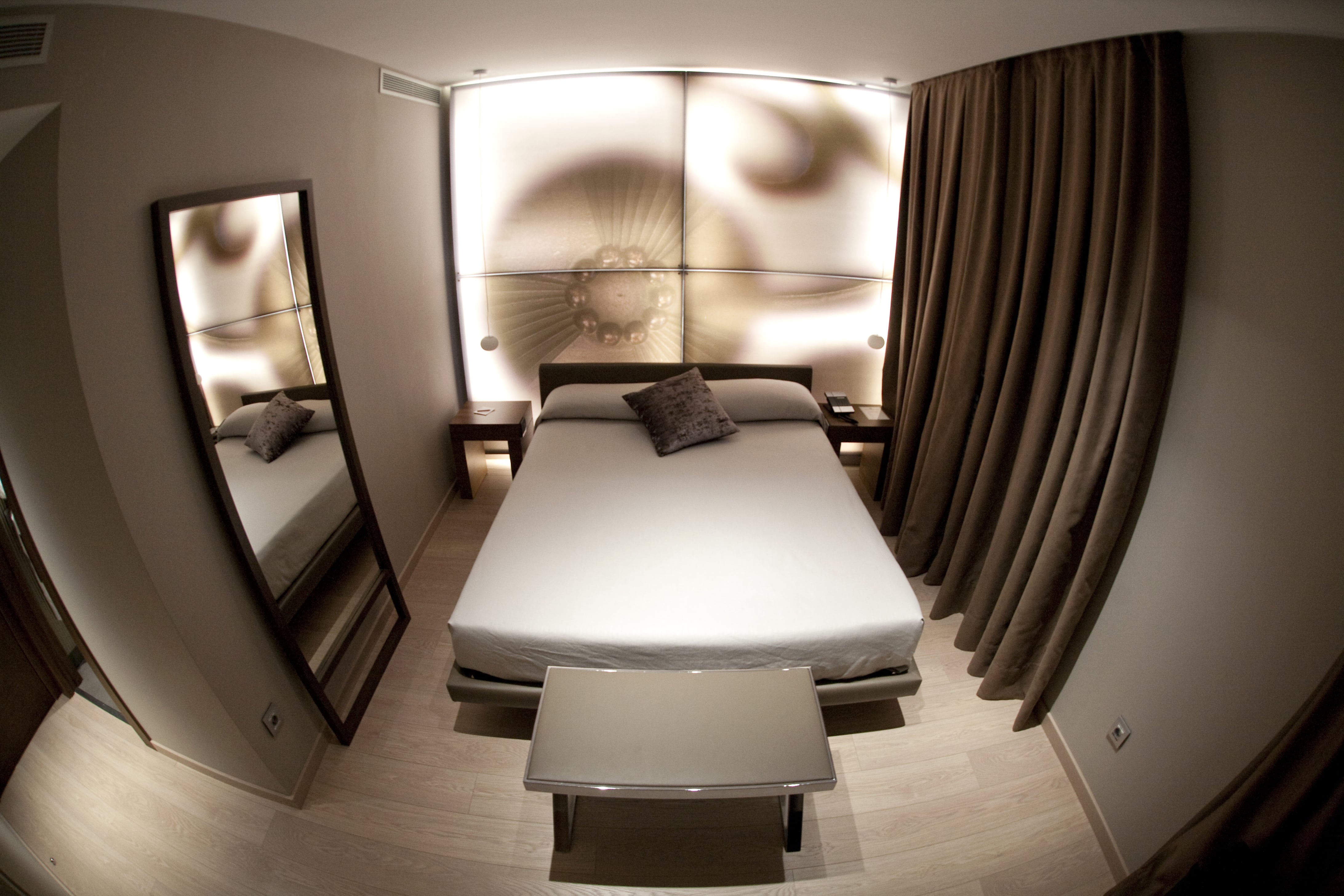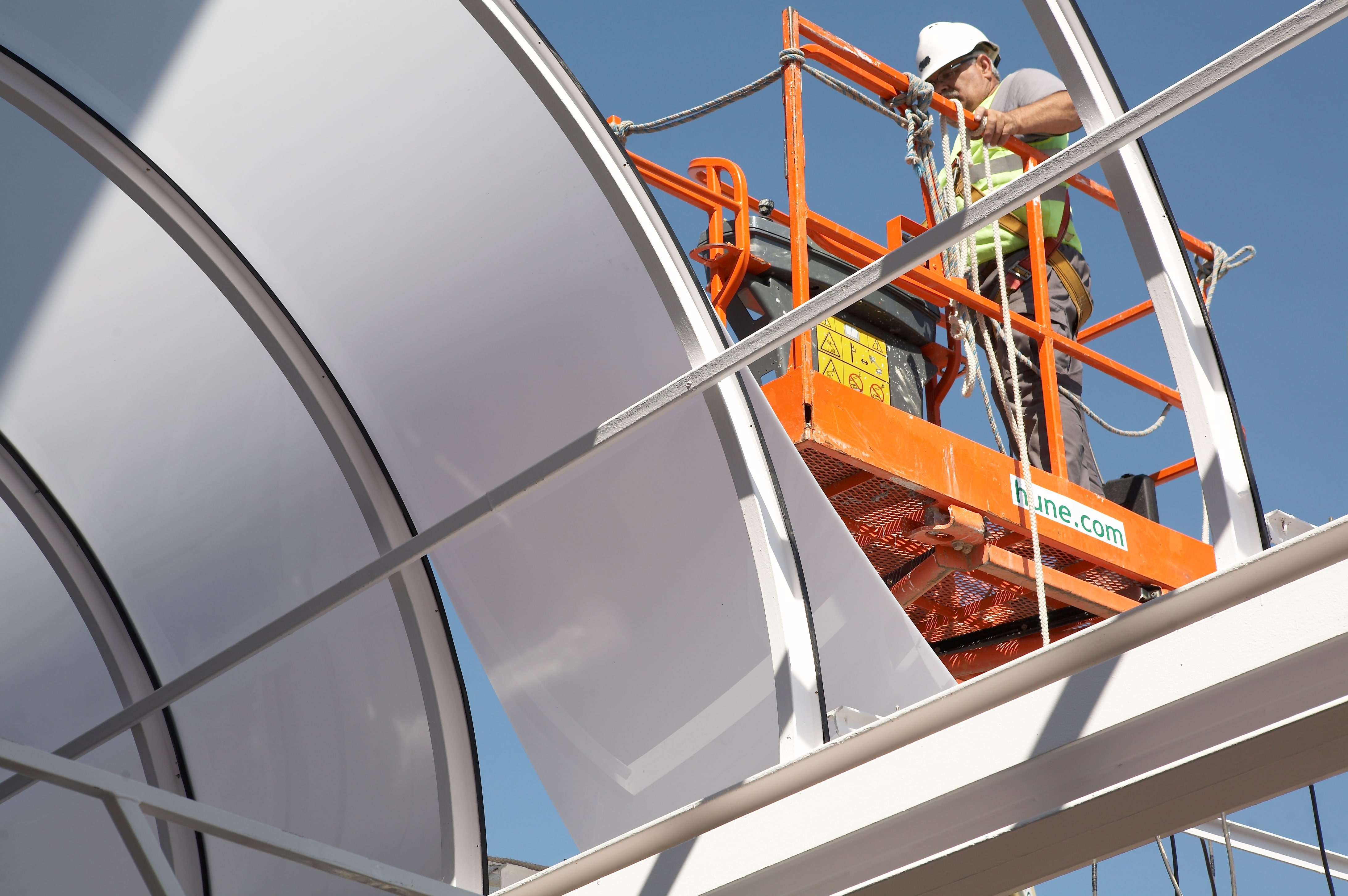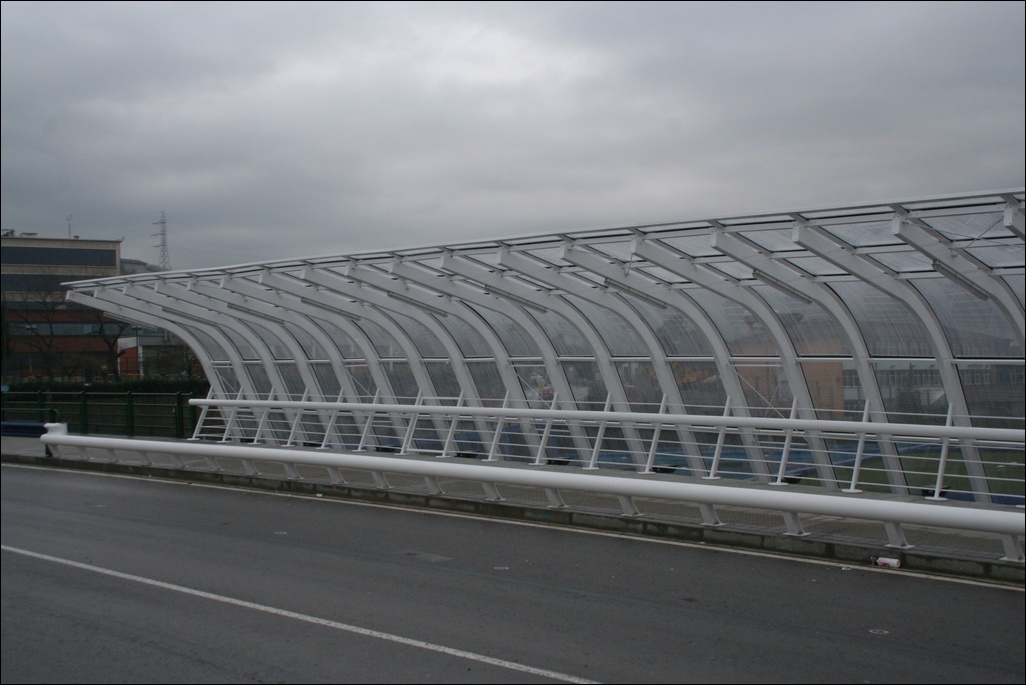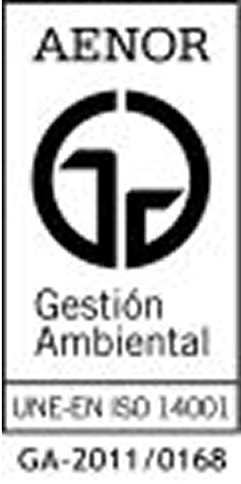Solid Polycarbonate - Corrugated and Profiled Sheets
Foamed PVC - Digital printing and static electricity

Foamed PVC is a multipurpose material of great lightness, durability and mechanical resistance, often used in signage, printing or exhibition work.
Its surface is characterized by being smooth and uniform, in addition to having excellent ink adhesion capacity.
One factor that can alter its characteristics, and cause the results in digital printing jobs to not be as desired, is static electricity on its surface.
This natural phenomenon can cause that, if the surface is charged, the ink droplets injected into the support deviate from their intended trajectory, resulting in irregular ink coverage.
For this reason, it is essential to prepare the foamed PVC plates before undergoing printing work. Below, we make a brief compilation of aspects to consider:
- Handling and storage of foamed PVC plates
- Relative Humidity and Workspace Temperature
- Static electricity reduction equipment

Handling and storage of foamed PVC plates
When handling the plates, it is necessary to always use lint-free gloves, which also avoid leaving greasy residue on the surface.
Some plates should not be dragged over others, as friction can cause an additional static load on the material.
Prior to printing, the newly supplied foamed PVC plates must be allowed to acclimate in the work space. Since, the movements caused during transport may have statically loaded the support.
Relative Humidity and Workspace Temperature
Both humidity and temperature are factors that directly influence the static electricity levels of materials.
The working area of the printing machinery must maintain a minimum relative humidity of 50%, so it is advisable to control the level with a hygrometer.
Sudden changes in temperature around printing machines must be avoided, so care must be taken to avoid currents where air circulates rapidly.
Static electricity reduction equipment
Professional ionizing equipment is the most effective way to discharge static electricity, it is advisable to perform ionization just before printing.
In the market there are different types of static electricity reducers, such as:
Antistatic bars. In many cases, they come as standard on professional printing machines, and if this is not the case, they can be installed later on many machines.
Ionized air guns. They eliminate the need to clean the sheet with an antistatic brush or cloth and, at the same time, they ionize the surface, making them very effective.
Antistatic brushes. Less effective system than the previous two, it can be used in case of unavailability of the previous ones.

